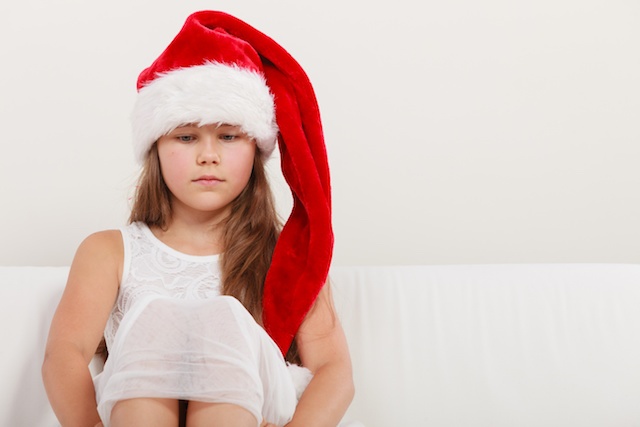
By Dr. Mark Goldenberg
At this time of holiday cheer, excitement, vacations from school, and office parties we would expect our spirits to be high. Unfortunately, there are children and adults who, because of the decreased daylight, experience different kinds of emotions which can be attributed to a condition known as Seasonal Affective Disorder (SAD). It is common at this time of year for kids struggling with attention, behavior, academic and social issues, to start experiencing a worsening of their symptoms which include:
- Having low energy
- Agitation
- Losing interest in activities
- Having problems with sleep
- Experiencing changes in appetite or weight
- Feeling sluggish
- Restlessness
- Anxiety
- Having difficulty concentrating
- Having difficulty learning in school
- Episodes of violent behavior
We have in our brains a “Body clock” which controls our Circadian rhythm which synchronizes biological activities such as; sleep, arising in the morning, eating, as well as other physiological processes and is affected strongly by environmental cues like sunlight and temperature. When our circadian rhythms are disrupted or changed this can have effects on various chemicals in our bodies including:
Serotonin Levels: A drop in serotonin, a brain chemical (neurotransmitter) that affects mood, might play a role in SAD. Reduced sunlight can cause a drop in serotonin that may trigger depression.
Melatonin Levels: The change in season can disrupt the balance of the body’s level of melatonin, which plays a role in sleep patterns and mood.
Enhancing exposure to light (light therapy), among other therapies has been shown to be helpful in reducing the symptoms of SAD. In light therapy, also called phototherapy, your child can sit a few feet from a special light therapy box so that they are exposed to bright light. Light therapy mimics natural outdoor light and appears to cause a change in brain chemicals linked to mood.
Light therapy is one of the first line treatments for fall-onset SAD. It generally starts working in a few days to two weeks and causes few side effects. It is important for your child not to look directly at the light box and therefore it can be placed to the left or right of your child during homework, reading, playing etc.
In addition to the above, try the following:
- Make the environment for your children sunnier and brighter. Open blinds, trim tree branches that block sunlight or add skylights to your home. Sit closer to bright windows while at home or in the office.
- Get your kids outside. Take a long walk, eat lunch at a nearby park, or simply sit on a bench and soak up the sun. Even on cold or cloudy days, outdoor light can help — especially if you spend some time outside within two hours of getting up in the morning.
- Have your kids exercise regularly. Exercise and other types of physical activity help relieve stress and anxiety, both of which can increase SAD symptoms. Being more fit can make you feel better about yourself, too, which can lift your mood.
Most children who exhibit the above symptoms experience them year round which is typically due to a functional imbalance in connectivity in the brain. However, if you notice that these symptoms seem to worsen during this time of shorter light exposure than SAD may be an additional culprit.